How to Get Rid of Aphids in the Garden
How to Get Rid of Aphids in the Garden
Gardening is a beloved pastime for many New Zealanders, offering a chance to connect with nature and cultivate beautiful, thriving plants. However, every gardener knows that pests can quickly turn a lush garden into a battleground. Among the most common and frustrating pests are aphids.
These tiny insects may seem harmless at first glance, but they can cause significant damage to both residential and commercial gardens. In this Jim’s Mowing NZ blog, we’ll explore what aphids are, the different types you might encounter, the damage they can cause, and most importantly, how to get rid of them.
What are Aphids?
Aphids are small, soft-bodied insects that belong to the superfamily Aphidoidea. They are commonly found in gardens and are known for their ability to reproduce rapidly. Aphids are typically green, but they can also be black, brown, yellow, or even pink. They are usually about 1-3 mm in length and have pear-shaped bodies with long antennae.
These pests are sap-suckers, meaning they feed on the sap of plants by piercing the plant tissue with their needle-like mouthparts. This feeding behaviour can weaken plants, stunt their growth, and even transmit plant viruses. Aphids are often found on the undersides of leaves, where they can go unnoticed until their numbers have exploded.

Different Types of Aphids
There are over 4,000 species of aphids worldwide, and while they all share some common characteristics, there are several types that are particularly common in New Zealand gardens. Here are a few you might encounter:
- Green Peach Aphid (Myzus persicae) – As the name suggests, these aphids are usually green and are commonly found on peach trees, but they can infest a wide range of plants, including vegetables like potatoes and tomatoes.
- Black Bean Aphid (Aphis fabae) – These aphids are black and often found on broad beans, but they can also infest other legumes, as well as ornamental plants like nasturtiums.
- Rose Aphid (Macrosiphum rosae) – These aphids are typically green or pink and are commonly found on roses, as well as other ornamental plants.
- Woolly Apple Aphid (Eriosoma lanigerum) – These aphids are covered in a white, waxy substance that gives them a woolly appearance. They are commonly found on apple trees and can cause significant damage to the fruit.
- Cabbage Aphid (Brevicoryne brassicae) – These aphids are grey-green and are commonly found on cabbage, broccoli, and other brassicas.
Damages Caused by Aphids to Any Garden
Aphids may be small, but the damage they can cause to your garden is anything but insignificant. Here are some of the most common problems associated with aphid infestations:
1. Stunted Growth
Aphids feed on plant sap, which can weaken the plant and stunt its growth. This is particularly problematic for young plants, which may struggle to recover from the damage.
2. Yellowing Leaves
As aphids suck the sap from leaves, the leaves may turn yellow and eventually die. This not only affects the plant’s appearance but also its ability to photosynthesise and produce energy.
3. Honeydew and Sooty Mould
Aphids excrete a sticky substance called honeydew, which can attract other pests like ants. The honeydew can also lead to the growth of sooty mould, a black fungus that can cover leaves and further inhibit photosynthesis.
4. Transmission of Plant Viruses
Aphids are known vectors for several plant viruses, which they can transmit as they feed. These viruses can cause a range of symptoms, from leaf curling to complete plant death.
5. Deformed Flowers and Fruits
Aphids can cause flowers and fruits to become deformed, reducing their aesthetic appeal and making them unsuitable for consumption.
How to Get Rid of Aphids
Fortunately, there are several methods for controlling and eliminating aphids in your garden. These methods can be broadly categorised into natural and chemical approaches. Let’s explore both in detail.
Natural Ways to Get Rid of Aphids
Homemade Pesticides
- Soap and Water Spray
One of the simplest and most effective natural remedies is a soap and water spray. Mix a few drops of mild liquid soap with water in a spray bottle and apply it directly to the aphids. The soap breaks down the aphids’ protective outer layer, causing them to dehydrate and die.
- Neem Oil
Neem oil is a natural pesticide derived from the neem tree. It works by disrupting the aphids’ hormonal balance, preventing them from feeding and reproducing. Mix neem oil with water and a few drops of liquid soap, then spray it on the affected plants.
- Garlic Spray
Garlic has natural insect-repellent properties. To make a garlic spray, blend a few cloves of garlic with water, strain the mixture, and then spray it on the plants. The strong smell will deter aphids from settling on your plants.
Natural Aphid Predators
- Ladybugs
Ladybugs are natural predators of aphids and can consume large numbers of them in a short period. You can attract ladybugs to your garden by planting flowers like marigolds and daisies, or you can purchase them from a garden centre and release them into your garden.
- Lacewings
Lacewing larvae are also voracious aphid predators. Like ladybugs, you can attract lacewings to your garden by planting a variety of flowers or purchase them for release.
- Parasitic Wasps
These tiny wasps lay their eggs inside aphids, which eventually kills them. While you can’t easily purchase parasitic wasps, you can attract them by planting a diverse range of plants in your garden.
Physical Removal
- Hose Them Off
A strong blast of water from a garden hose can dislodge aphids from your plants. This method is particularly effective for small infestations and can be repeated as needed.
- Pruning
If you notice a heavily infested branch or leaf, prune it off and dispose of it properly to prevent the aphids from spreading to other parts of the plant.

Chemical Ways to Get Rid of Aphids
While natural methods are often preferred for their environmental friendliness, there are times when chemical treatments may be necessary, especially for severe infestations. Here are some options:
1. Insecticidal Soaps
These are commercially available soaps specifically formulated to kill aphids and other soft-bodied insects. They work in a similar way to homemade soap sprays but are often more effective.
2. Systemic Insecticides
Systemic insecticides are absorbed by the plant and kill aphids when they feed on the sap. These treatments can be very effective but should be used with caution, as they can also harm beneficial insects.
3. Contact Insecticides
These insecticides kill aphids on contact and can provide quick results. However, they may also kill beneficial insects, so they should be used sparingly and only when necessary.
4. Professional Treatments
If you’re dealing with a severe or persistent aphid problem, it may be time to call in the professionals. Jim’s Mowing NZ offers expert gardening services, including pest control, to help you get rid of aphids and keep your garden healthy. Their team of experienced gardeners can assess your situation and recommend the best course of action, whether it’s natural or chemical treatments.
In Summary
Aphids may be small, but they can cause significant damage to your garden if left unchecked. Understanding what aphids are, the different types you might encounter, and the damage they can cause is the first step in managing an infestation. Fortunately, there are several methods for getting rid of aphids, from natural remedies like homemade pesticides and natural predators to chemical treatments and professional services.
If you’re struggling to control aphids in your garden, don’t hesitate to reach out to us at Jim’s Mowing NZ. With our professional gardening services, you can rest assured that your garden will be in good hands. Call us today on 0800 454 654 to schedule a consultation and take the first step towards a healthier, aphid-free garden.


 Rats are disease carriers. They eat almost everything. Also, they can make themselves at home in sheds, garages, houses, and gardens. They cause unpleasant damage and odours to possessions and property.
Rats are disease carriers. They eat almost everything. Also, they can make themselves at home in sheds, garages, houses, and gardens. They cause unpleasant damage and odours to possessions and property.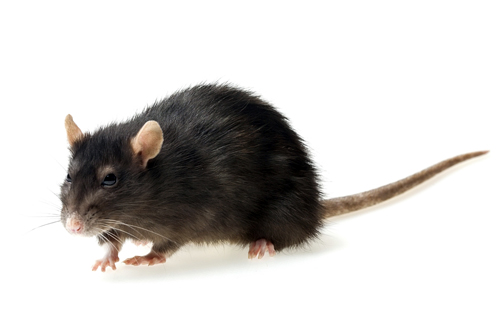
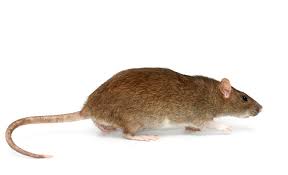
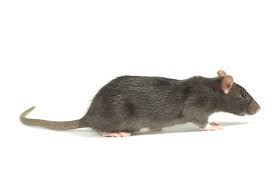

 Use rat baits and poisons – These are short-term solutions. Rats eat baits and poisoned foods and then go away to die. Using poisons, however, has disadvantages. Pets and children may ingest mislaid baits.
Use rat baits and poisons – These are short-term solutions. Rats eat baits and poisoned foods and then go away to die. Using poisons, however, has disadvantages. Pets and children may ingest mislaid baits. you have a weak stomach.
you have a weak stomach.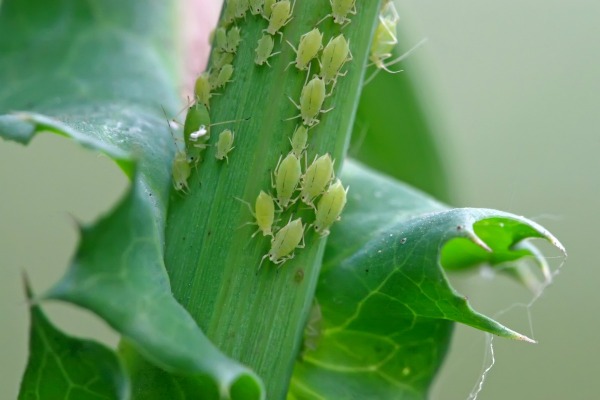
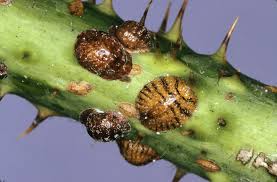
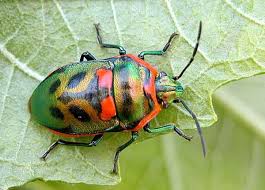
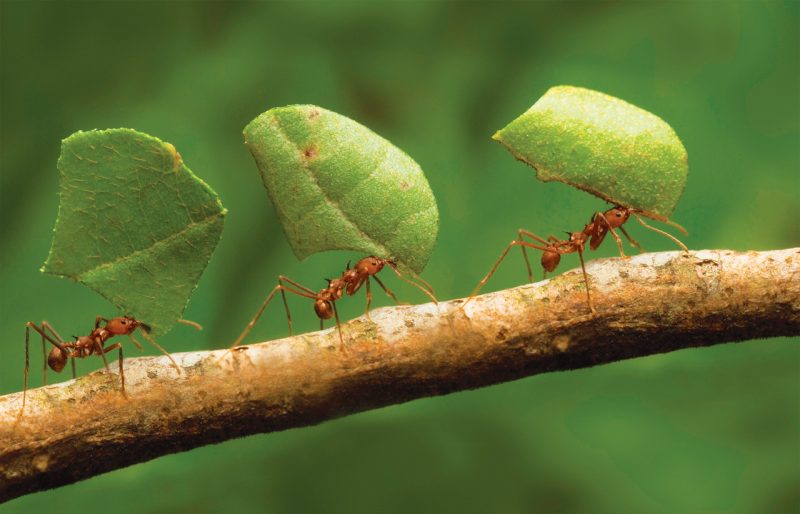
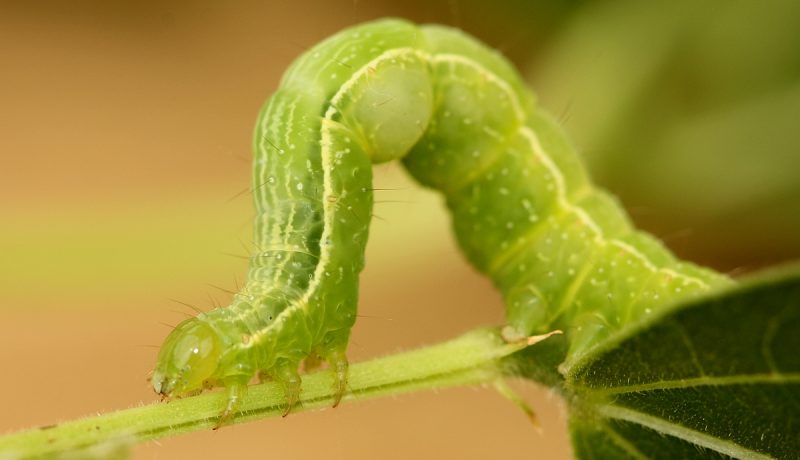







 There are plenty of insects that can infest your garden in winter; some are beneficial while some are destructive. Luckily, you can get rid of them with simple solutions. Here is a list of
There are plenty of insects that can infest your garden in winter; some are beneficial while some are destructive. Luckily, you can get rid of them with simple solutions. Here is a list of
 Caterpillars
Caterpillars Stink bugs can typically be found in New South Wales and Queensland. They are considered a pest to all citrus trees. They appear in late winter as lime green nymphs, but as they grow, they turn into an orange to bronze colour. When controlling these pests, you must be very careful since they emit a foul-smelling liquid that burns the eyes and skin on contact.
Stink bugs can typically be found in New South Wales and Queensland. They are considered a pest to all citrus trees. They appear in late winter as lime green nymphs, but as they grow, they turn into an orange to bronze colour. When controlling these pests, you must be very careful since they emit a foul-smelling liquid that burns the eyes and skin on contact. Perform supplementary hand watering in the morning to allow the leaves to dry during the day.
Perform supplementary hand watering in the morning to allow the leaves to dry during the day. There are many kinds of plant pests. Insects, mites, birds, and animals sometimes eat plants before farmers or gardeners can even harvest them. Plant diseases can cause crops to suddenly die, or cause the crop rot before it can reach the market.
There are many kinds of plant pests. Insects, mites, birds, and animals sometimes eat plants before farmers or gardeners can even harvest them. Plant diseases can cause crops to suddenly die, or cause the crop rot before it can reach the market.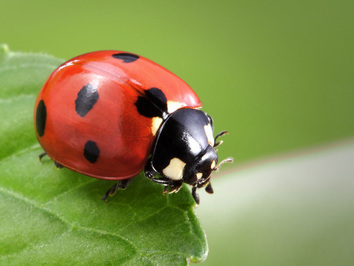 searching for food, they fertilise plants by spreading pollen from one plant to another. This allows the plants to reproduce.
searching for food, they fertilise plants by spreading pollen from one plant to another. This allows the plants to reproduce.
 ago in southern China. The silk nests of green tree ants were moved from nearby forests to orange groves. And since these ants are aggressive predators, they eat any and every insect that crosses their path, thereby helping keep the groves free of pests.
ago in southern China. The silk nests of green tree ants were moved from nearby forests to orange groves. And since these ants are aggressive predators, they eat any and every insect that crosses their path, thereby helping keep the groves free of pests.

 Remove all possible breeding areas. Clean and tightly cover all garbage bins. Dispose of grass clippings immediately.
Remove all possible breeding areas. Clean and tightly cover all garbage bins. Dispose of grass clippings immediately. Ants love living in warmer regions, but they are extremely adaptable and can live in any climate. They are likely to enter your house through any tiny opening, especially the slits under doors, in window sills, and around pipes leading into the house. Some ants live in the walls of houses. Once inside, ants will eat almost anything. There are certain ants that eat mostly sweets, while others prefer grease and fats.
Ants love living in warmer regions, but they are extremely adaptable and can live in any climate. They are likely to enter your house through any tiny opening, especially the slits under doors, in window sills, and around pipes leading into the house. Some ants live in the walls of houses. Once inside, ants will eat almost anything. There are certain ants that eat mostly sweets, while others prefer grease and fats. For starters, these bugs and insects prey on the bad critters that destroy your plants and garden. They are also a natural and cost-efficient solution to your pest infestation problems. Some of the good bugs you should invite in your garden are:
For starters, these bugs and insects prey on the bad critters that destroy your plants and garden. They are also a natural and cost-efficient solution to your pest infestation problems. Some of the good bugs you should invite in your garden are:




